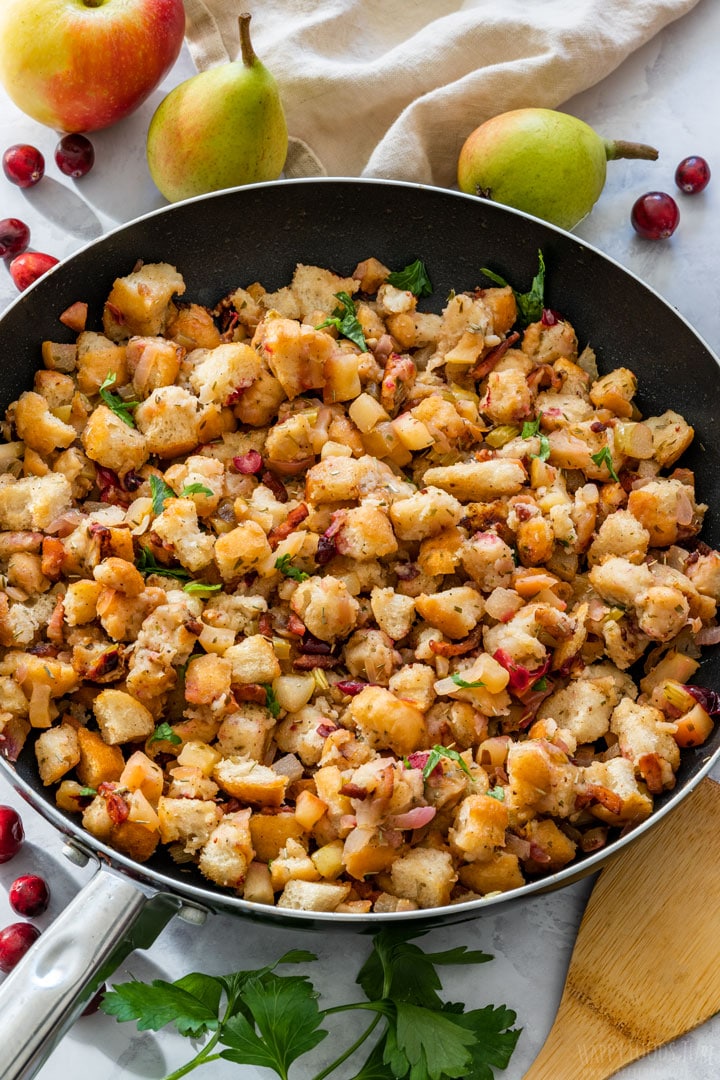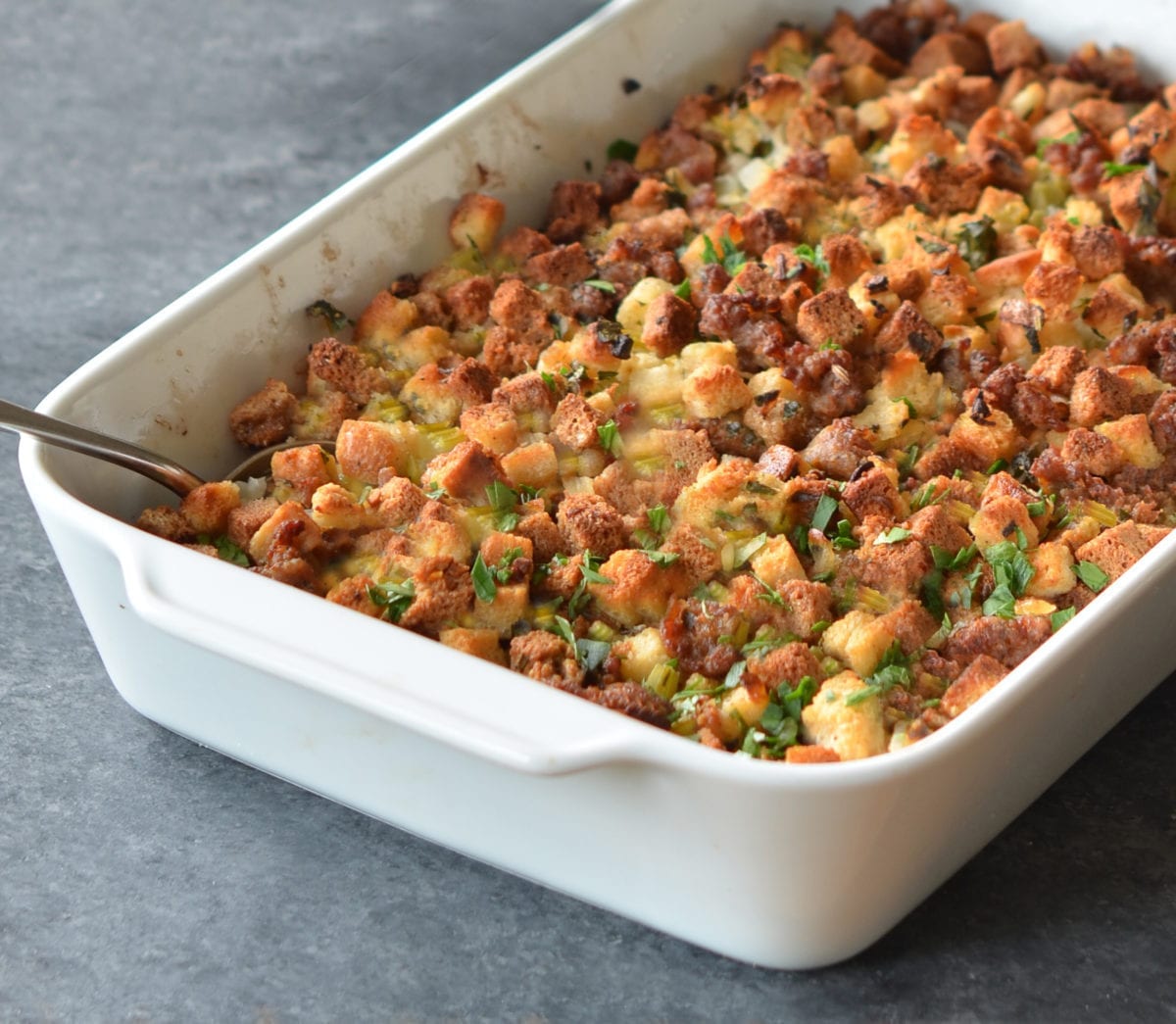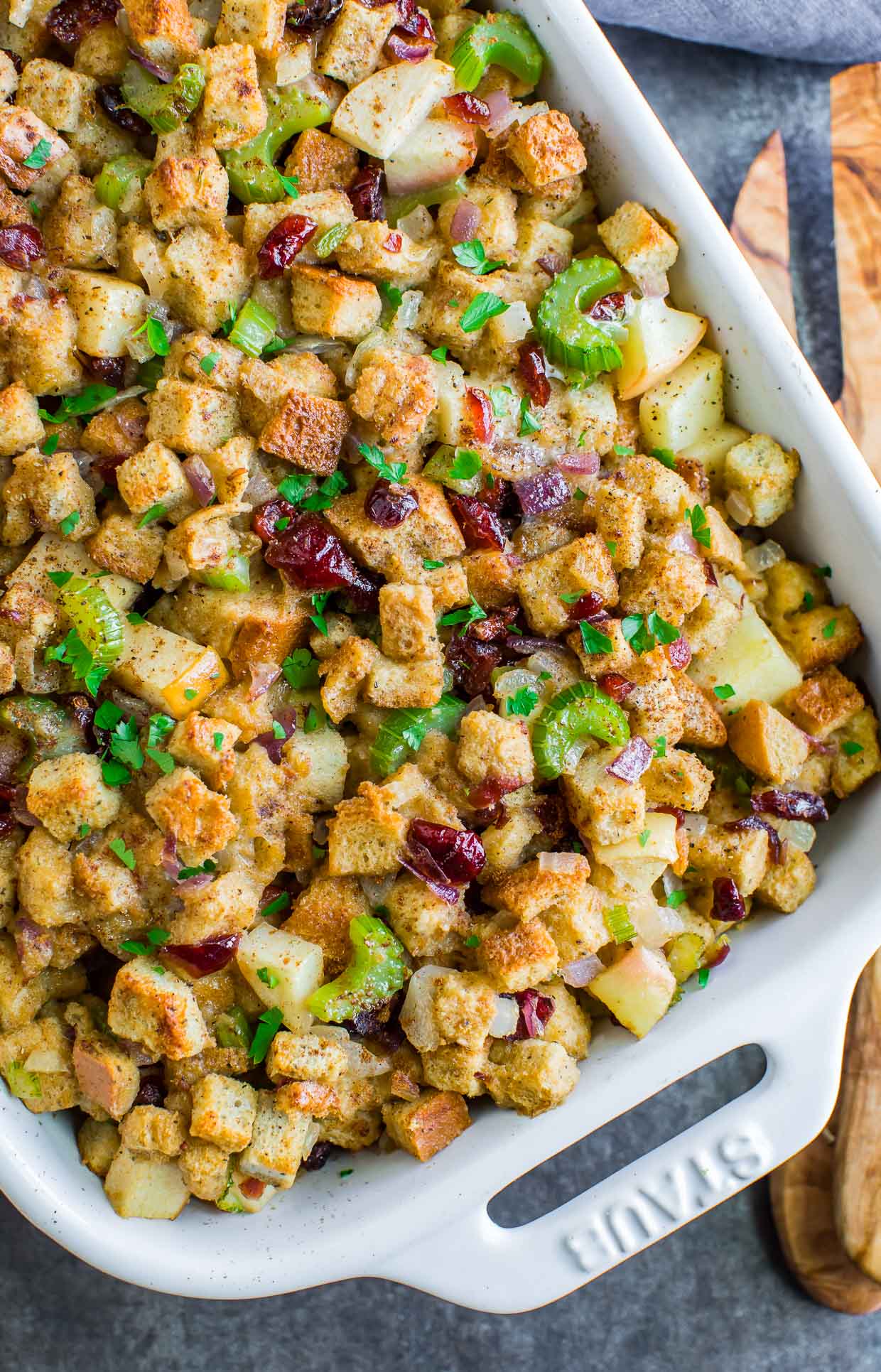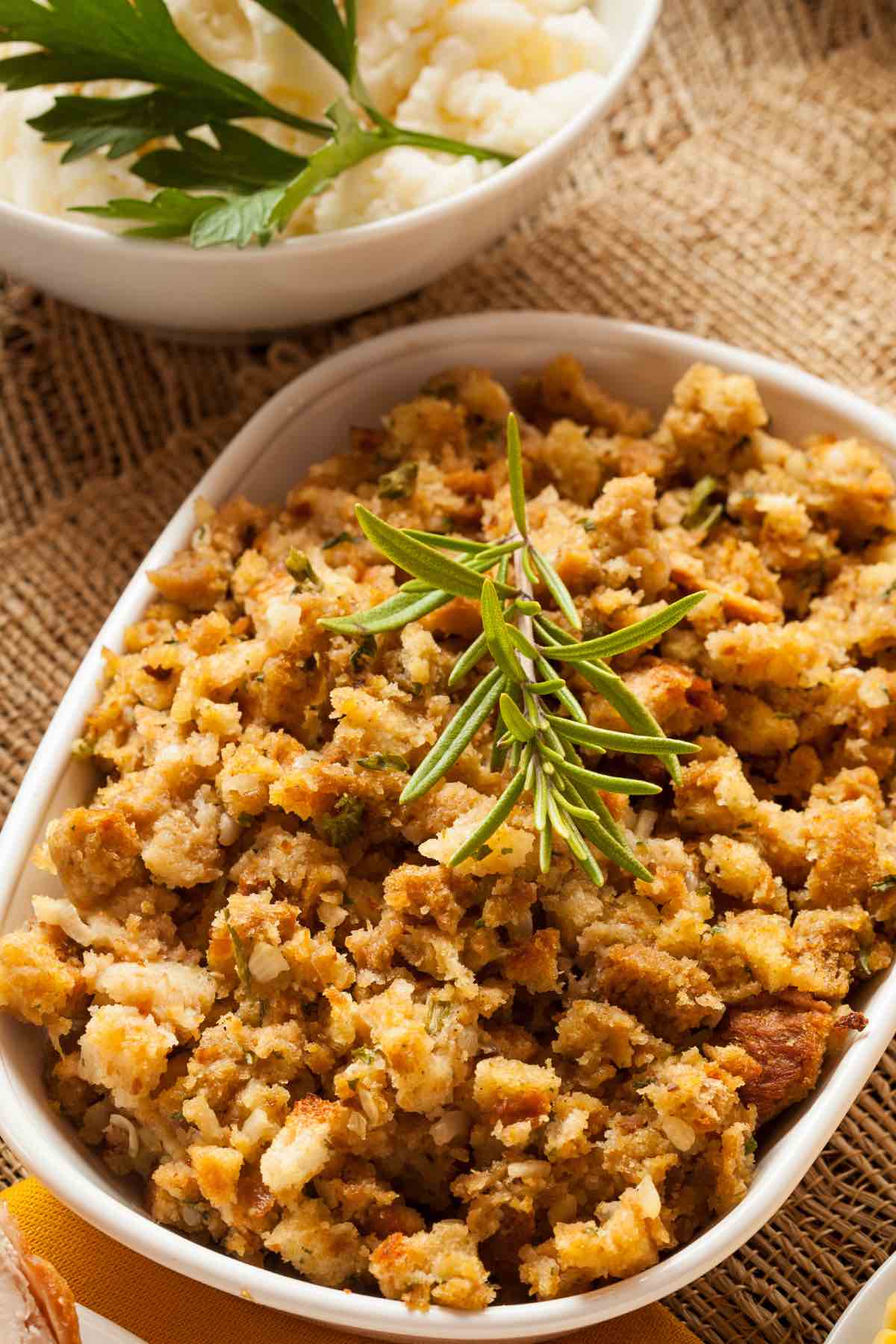Homemade Stove Top Stuffing Made Easy
Introduction:
Stove top stuffing is a classic and delicious side dish that complements many meals. In this blog post, we will guide you through the process of making stove top stuffing from scratch. Join us as we explore the ingredients, preparation steps, and cooking techniques required to create a flavorful and comforting stuffing right on your stovetop.

I. Gathering Ingredients for Homemade Stove Top Stuffing
When it comes to making flavorful stove top stuffing, there are some essential ingredients that you should have on hand. These ingredients will help to enhance the taste and provide a satisfying dish.
Some of the essential ingredients for flavorful stuffing include bread cubes, butter, onions, celery, poultry seasoning, salt, and pepper. These ingredients form the base of the stuffing and provide a rich and savory flavor.
In addition to the essential ingredients, there are also optional additions that you can use to customize the recipe according to your preferences. Some popular optional additions include diced apples, dried cranberries, chopped nuts, or even cooked sausage. These additions can add a unique twist to the stuffing and make it even more delicious.
II. Preparing the Bread for Stuffing

Choosing the right bread is crucial when it comes to making stove top stuffing. Ideally, you should use a bread that is slightly stale or dry, as this will help the bread cubes to absorb the flavors of the other ingredients without becoming too soggy.
You can choose from a variety of bread options, such as white bread, whole wheat bread, or even sourdough bread. Each type of bread will bring its own distinct flavor to the stuffing.
To prepare the bread for stuffing, you have two options: drying or toasting. Drying the bread involves leaving the bread cubes out on a baking sheet for a few hours to allow them to become slightly stale. This will result in a firmer texture and better absorption of flavors.
On the other hand, toasting the bread cubes involves placing them in the oven on a baking sheet and lightly toasting them until they become golden brown. This method adds a slightly crispy texture to the stuffing.
Both methods can be used interchangeably, depending on your personal preference and the texture you desire for your stuffing. Once the bread cubes are prepared, they are ready to be mixed with the other ingredients to create a delicious stove top stuffing.
By following these steps and using the suggested ingredients, you can easily whip up a flavorful homemade stove top stuffing that will impress your family and friends. So go ahead and gather your ingredients, prepare the bread, and get ready to enjoy a delicious side dish that will complement any meal.

III. Sautéing Aromatics and Vegetables
A. Selecting Aromatics for Flavor Base
Choose aromatics such as onions and garlic to create a flavorful base for the stuffing. Finely chop the onions and mince the garlic to ensure even distribution of flavors throughout the stuffing.
B. Sautéing Vegetables for Added Texture and Flavor
In addition to the aromatics, sauté vegetables like celery until they are tender. This step adds texture and depth of flavor to the stuffing.
IV. Adding Seasonings and Liquid
A. Incorporating Seasonings for a Well-Seasoned Stuffing
Add seasonings such as salt, pepper, sage, and thyme to the stuffing to enhance its taste. Adjust the seasonings according to your preferences, keeping in mind that flavors will intensify as the stuffing cooks.
B. Moistening the Stuffing with the Right Liquid

Pour chicken or vegetable broth over the bread mixture to moisten it. Use enough liquid to ensure the stuffing is moist but not overly wet. The bread should absorb the liquid during the cooking process, resulting in a deliciously moist stuffing.
V. Cooking the Stove Top Stuffing
A. Combining Ingredients and Simmering
- Mixing Bread, Vegetables, Aromatics, and Liquid
In a large pot or skillet, combine the dried bread cubes, sautéed vegetables, aromatics, and the liquid (broth or stock). Mix everything together until well combined, ensuring that the bread is evenly coated with the liquid.
- Simmering the Mixture for Optimal Absorption
Place the pot or skillet over medium-low heat and cover it. Allow the stuffing mixture to simmer for about 15-20 minutes, or until the bread has absorbed the liquid and becomes soft and tender. Stir occasionally to ensure even cooking and to prevent sticking.
B. Fluffing and Adjusting Consistency

- Fluffing the Stuffing with a Fork
Once the stuffing is cooked and the bread is tender, fluff it up with a fork. Gently separate any clumps and mix the ingredients together to distribute the flavors evenly.
- Adjusting Liquid or Bread Amounts as Needed
If the stuffing appears too dry, you can add a little more liquid (broth or stock) and stir until it reaches the desired consistency. Conversely, if the stuffing is too wet, you can add more bread cubes and gently mix until the excess liquid is absorbed.
VI. Serving and Enjoying the Stove Top Stuffing
A. Pairing with Various Main Dishes
Stove top stuffing is a versatile side dish that pairs well with a variety of main dishes. It complements roasted turkey, chicken, beef, or pork dishes, adding a flavorful and comforting element to the meal. It can also be served alongside vegetarian or vegan main courses for a delicious and satisfying vegetarian stuffing option. Consider serving it with cranberry sauce, gravy, or other condiments to enhance the flavors and create a well-rounded meal.
B. Storing Leftover Stuffing and Creative Uses
If you have any leftover stuffing, it can be stored and enjoyed in various ways. Place any leftover stuffing in an airtight container and refrigerate it promptly. Leftover stuffing can be reheated and enjoyed as a side dish for future meals, providing a tasty and convenient accompaniment to other dishes.
In addition to serving it as a side dish, leftover stuffing can be used creatively in other recipes. It can be used as a filling for stuffed vegetables, such as bell peppers or zucchini boats. Crumble the stuffing on top of casseroles or mix it into pasta dishes for added texture and flavor. Leftover stuffing can also be used as a base for breakfast dishes, such as stuffing hash or stuffing-filled omelets, creating unique and delicious morning meals.
Conclusion:
Making stove top stuffing from scratch is a rewarding and delicious culinary experience. By carefully selecting the ingredients, preparing the bread, sautéing aromatics and vegetables, and following the cooking techniques outlined in this guide, you can create a flavorful and comforting stuffing right on your stovetop. So, gather your ingredients, don your apron, and embark on the journey of making homemade stove top stuffing. Enjoy the delightful aromas and savory flavors that will enhance any meal or holiday gathering.
